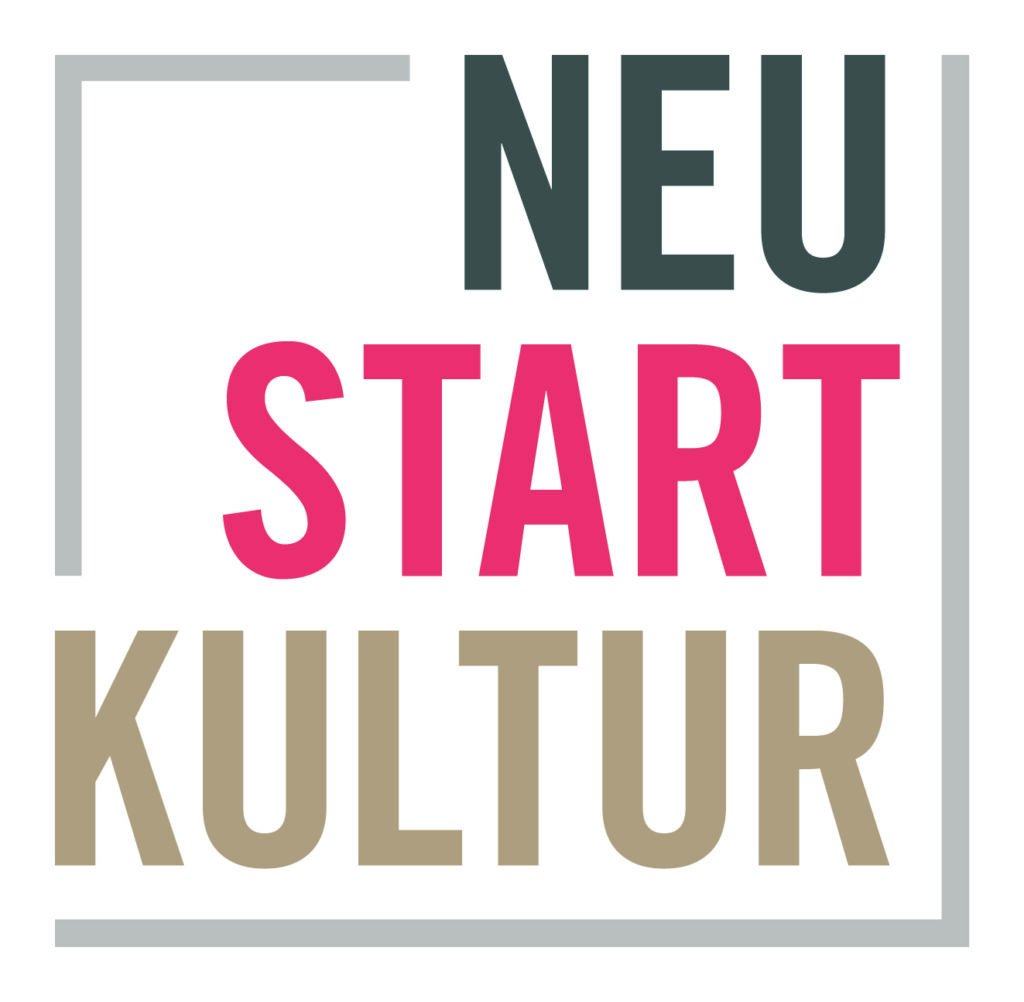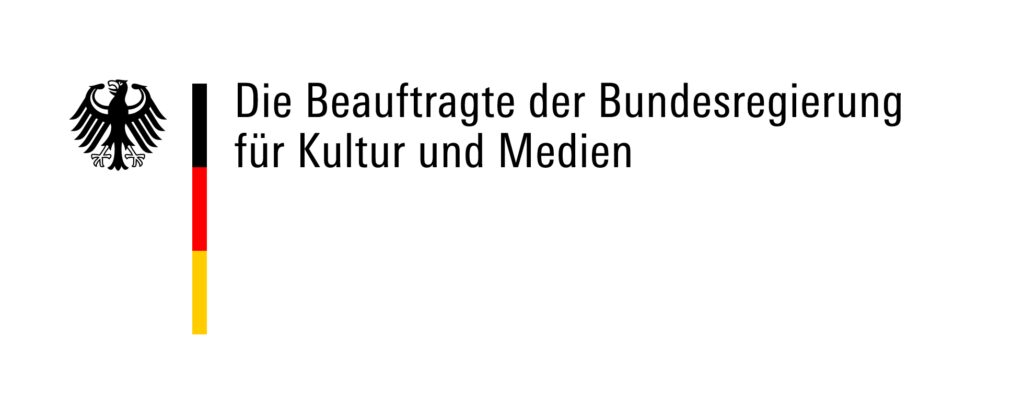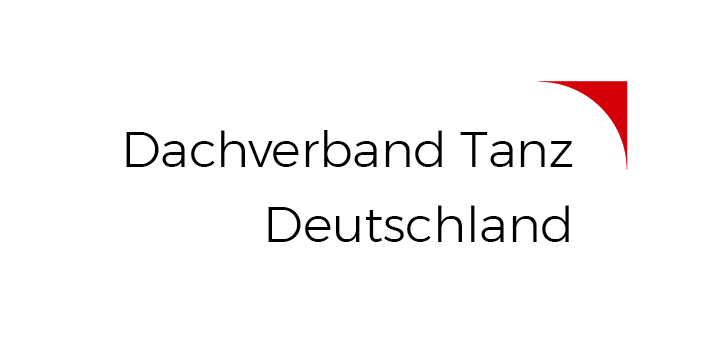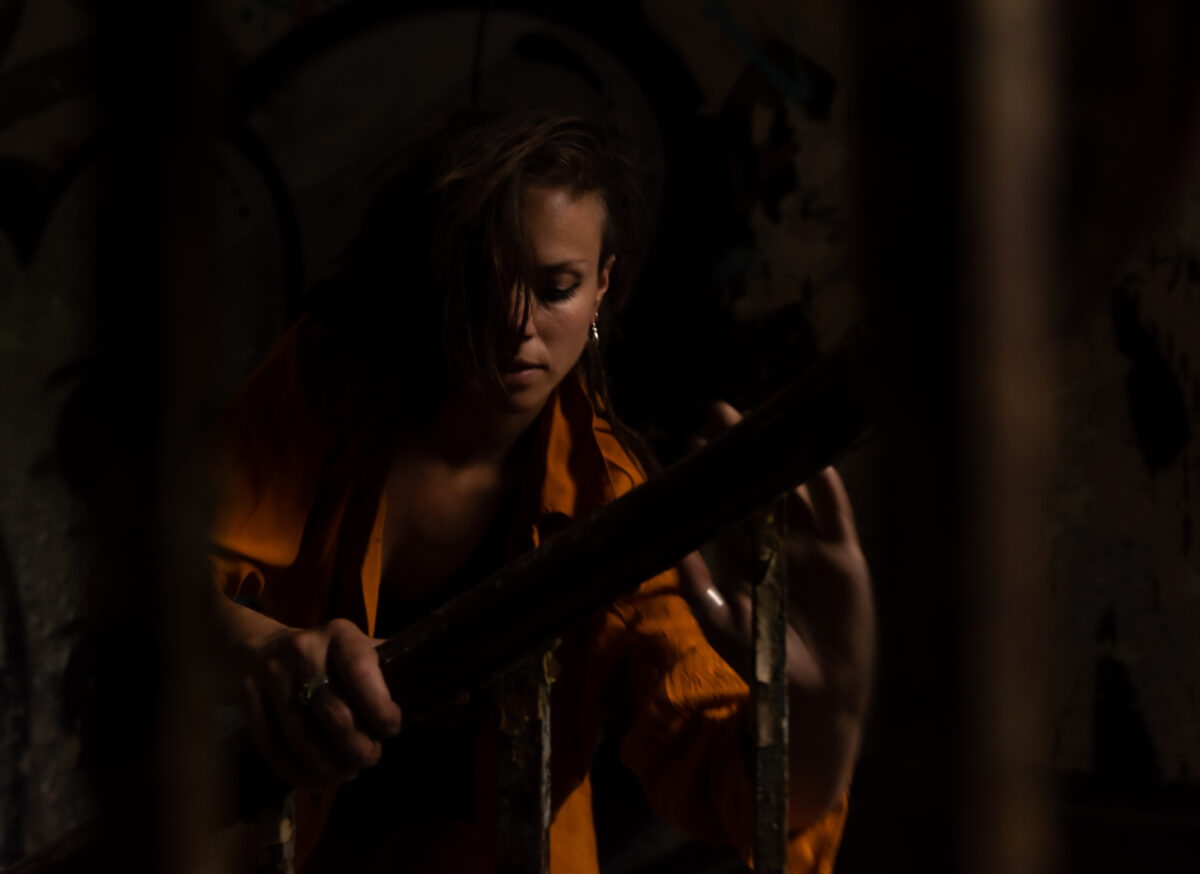After studying a drama degree I moved to dance 14 years ago and left theatre behind. However in the last year an interest in working with character has emerged and I am fascinated in the way dance can reveal human intricacies and illuminate specific characteristics in a way that acting cannot. This residency was part of a research project for a 6 month period funded by DIS-TANZ-SOLO. The project investigates the creation of character and narrative through dance with a focus on the integration of new tools from other fields into my dance practice in the support of this topic. Up until this point I had been exploring other fields such as physical theatre, mime, and clowning, and during my time at Lake Studios I researched how to readjust new theories from these fields into a dance context in relation to developing character and narrative. This project connects my past as an actor with my knowledge and experience as a dancer, to transform my work as a dance practitioner.
Phase 1: Collating and developing tools
Goal: to explore ways of illuminating specific elements of a character or archetype through dance and movement.
I collated tasks learned from workshops I attended in previous months, (specifically physical theatre with Sam Coren, ‚Composing with gesture‘ by Zornitsa Stoyanova, clowning with Lena Binksi, and physical theatre with Jos Baker), with tasks I have previously developed in my own work. These fitted into the following categories: tension, gesture, rhythm, and texture/movement quality.
a) tension
I began by working with Jaques le Coq’s seven tensions. Using an exercise from the book ‚Devising and Physical theatre‘ by Pilar Orti, I found the physical sensation of the seven different kinds of character (e.g. no.1 collapsed or no. 7 hyper-tension). As this exercise was aimed at actors, I then developed it into using the physical sensations of these different levels of tension to find seven different movement vocabularies. Using a task I had previously developed I explored developing the theatrical character for each tension into ‚pure‘ movement, and vice versa: taking the theatrical character as 0% and the pure movement vocabulary as 100% i worked through developing one into the other, passing through moments of e.g. 50% being half theatrical character and half movement quality. Interesting moments that occurred were ones in which the movement I was making was quite abstract but had also layers of human gesture; the ‚readability‘ of what was going on lay somehow partly in an everyday human world and partly in an abstract dance world. I then developed some tasks mixing different tensions with one another, utilising both the theatrical character and the pure movement vocabulary for each, as well as an ‚under-estimated‘ and ‚overestimated‘ movement for each (a task borrowed from Sam Coren). Transitions became useful tools for potential narrative; e.g. what occurred when it was a slow fade as opposed to a sudden snap change.
I also explored finding tensions from objects and developing into a character. Using a task adopted from Sam Coren I found a movement quality focusing on how much tension is on the body for ‚a floppy sweater‘, ‚clingfilm‘, ‚a shower curtain‘ and ‚a cable‘. I utilised a previous method of finding adjectives for each as a way of translating those objects into movement, e.g. ’stiff, draping, creasing‘ for ’shower curtain‘ and created a movement quality for each. I then explored transitions between different tension qualities e.g. 30% shower curtain and 70% cable, or shower curtain in arm and cable in rest of body (I noted that Sam Coren’s notion of ‚find feel develop‘ aided a lot in finding these qualities). After this I explored adapting these movement tension qualities into characters; for each moving linearly from abstract movement to abstract sound to abstracted gesture to gesture to speech to gait to posture and back again. It was interesting to use tension in the developing of a movement quality and as a ‚theatrical‘ character and find what places were in between. I noted that all these subtleties can be used to build or develop a character’s whole essence; working with both methods can bring different things, e.g. a physical layer or psychological or emotional layer.
b) gesture
After revisiting some tasks adopted from Zornitsa Stoyanova’s gesture workshop, I became interested in how gesture can be ‚read‘ by an audience. Specifically, how a recognizable gesture (e.g. waving with a hand) carries a certain meaning to a viewer, and an unrecognizable or abstract gesture can carry meaning in a totally different way, e.g. a particular tone that the viewer may also ‚read‘ in a certain way. Likewise abstracting a recognizable gesture can change meaning or add a different layer of meaning to it. This opened up a curiosity in choreographic narrative possibilities of recognizable and unrecognizable gestures, and in exploring the space in between what is readable/recognizable and unreadable/unrecognizable about a dancer’s movement on stage.
I developed these tasks into relating to character. First I re-visted the theatrical character of the grumpy old man (from previous research), and of Pantalone (from some explorations using Commedia dell’arte characters). For each I found recognisable and unrecognisable gestures and noted how I felt these ‚read‘ from the outside when watching a recording, e.g. grumpy old man has a pointy finger that reads as telling off or „i know better“ or the face and tongue of Pantalone reads as hungry and full of desire. Next I found unrecognisable gestures for these characters to see what was ‚read‘ from the outside. I noted that the result was nothing new, rather it was similar to the movement quality I had already found for those characters and what might be more interesting would be moments of a specific abstract gesture juxtaposed with an otherwise theatrical character doing a ’natural‘ human action like drinking a cup of tea: creating narrative through dramaturgical choices. I also explored working with the abstract movement quality for each character but with moments of recognisable gesture appearing, as well as shifting between characters. I found that the transition between changing gestures was a really interesting place, and here I utilised a task I learned from Jos Baker called ‚gesture stopping‘.
c) rhythm and breath
Rythem, sound and emotion „synthesise in the body, and work synergetically on the audience“ (Dymphna Callery)
Revisiting some tasks based on finding different rhythms in the body adopted from Sam Cornes’s workshop, I worked with finding the rhythm of several objects and emotions. I then developed these tasks to work with Jaques le Coq’s seven tensions I worked with previously and found the rhythm of e.g. tension level 1, 4 and 6 working physically rather than creating any kind of theatrical character. Then I worked with finding the rhythm of the grumpy old man and Pantalone and explored mixing tensions and rhythm for each, as a theatrical character and as a pure movement quality and gesture. I also explored how using breath can develop a certain character, and researched what kind of breath e.g. the grumpy old man or Panatlone would have and how that informed my movement to create a pure movement vocabulary for them, and how breath can emphasise certain aspects of a character e.g. a certain tone or quality.
Found need to work with narrative for exploring
d) texture/movement quality
I worked with finding a movement quality for several things e.g. electricity, or a sweater, and used my previously developed tasks of using adjectives and 0-100% to find what these qualities would be as theatrical characters, noting the in between steps of finding gesture/posture/gait etc. As I did this at this point in my research I noticed how the other elements I had worked with began to creep in; how how tension, rhythm, breath and gesture began to inform my movement choices and way I embodied the character.
Phase 1 key findings:
- how we ‚read‘ certain movement:
- how we recognise meaning in gestures/posture/facial expression as human and how they may be subverted to be ‚read‘ differently.
- how unrecognisable gestures or abstract movement may be ‚read‘ in a different way than recognisable gestures and the creative and narrative potential therein.
- the value in developing both a theatrical character vocabulary and a dance movement vocabulary for characters in order to bring out different layers of a character or create narrative.
- similar vs extremes:
- using extremes of character can be useful in exploring archetypes and an easier starting point for developing character layers.
- when 2 qualities are similar there is a need to focus on subtle differences physically, or find emotional/psychological aspects that differentiate them.
Phase 2: Exploring tools within a narrative
Goal: to explore how the tools and findings developed in phase 1 can be applied to reveal or suggest a particular narrative.
I began by collecting narratives from online news pages; I tried to see it as a practice, how to pick out key themes from an article or understand what resonates for me within a story or what possible juxtapositions or conflicts were apparent. I explored adapting the developed tools from phase 1 into a couple of narratives I found to see what emerged. For example, I found an article in which I saw themes of the un-atainability and dissallusionment of happiness. I decided there was a conflict inherent in this story of a young naive character archetype and and old cynical character archetype. I used my toolbox of using tension, breath, rhythm and gesture to find for each archetype a theatrical character and a pure dance vocabulary and explored juxtaposing these using the 0-100% task.
Another interesting news series I found from the Guardian was the ‚heat or eat diaries‘. I recorded my voice reading the article aloud and took a simple set of a table and chair with a bowl, spoon, and box of cornflakes. I sat in this scene listening to the recording for a while before noting key things that stuck out, such as: the repetition of different numbers (e.g. costs of dental care or food shopping or how many years before this person could earn a decent wage), the sense of balancing many things or the domino effect of not being able to stop or else things will fall apart. I did a free writing task to try and find who this person was, some of their inner thoughts, feelings and desires. I noted a juxtaposition was present between the sense of a forced outward demeanor that everything is ok: „just keep going“, and an inward landscape of the need to let go and collapse. From this I decided to make a set of randomised tasks as a way into these themes physically. I wrote a list of actions or situations: writing numbers or a shopping list on a white board, talking to a friend on the phone, eating cereal, and cleaning the kitchen, and alongside this I wrote a list of modes: collapsing movement quality, manic shaking, balancing props on the body, or contemporary floorwork. I randomly picked 4 combinations to try and reflected on what was interesting. I found that it was interesting to combine a particular physical movement vocabulary with a day to day action, as it hinted at something relatable and everyday yet with an added physical layer that could reveal something of the character’s inner world. For example the task of drinking morning coffee and contemporary floor-work developed into sliding around on the floor in cornflakes, which I felt had a potential to suggest an inner world of the character dreaming of being able to let go and waste things, that in normal life they cannot.
Phase 2 key findings:
- creating narrative through juxtaposition:
- juxtaposition of vocabulary e.g. theatrical character vocabulary with abstract dance vocabulary
- juxtaposition of different forms or mediums, e.g. costume / props / set: layers that keep the audience anchored in the real world in order to relate to the character, yet allowing other layers of narrative to emerge through more abstract dance and movement
- juxtaposition of action or situation with abstract physical layer to reveal interesting narrative or character’s inner world
- it’s all about humans: in this kind of storytelling work even though it may contain abstract dance it is important the audience can connect to the person or character and their thoughts and feelings, as thats the relatable part.
- using a situation or action is a useful tool to relate to the person onstage
Phase 3: exploring tools within a creation setting
Goal: to explore how the tools developed and key findings in phase 1 and 2 can be applied to a specific concept in a creation setting for a short sharing.
As there was the opportunity of performing something at Lake Studios Unfinished Fridays, I decided to try out how the tools I had developed could be used within a specific narrative in a creation setting, and receive feedback to further the work. I was thinking about the ‚heat or eat‘ diary series and the current capitalist consumer economy, and as I work also as a voiceover artist, I decided to create a voiceover to work with an absurd sales pitch for a useless yet incredibly expensive gadget: ‚the handy hand‘.
After writing and recording the text and brainstorming the concept, I wanted to work with the juxtaposition of the outward friendly and unassuming sales person and the inner capitalist and consumerist ‚monster‘ who wills you to buy more and more. I began by a free-writing exercise to create a text about each character and from that took specific images and adjectives to use to work with the tools I had developed in tension, breath, rhythm and texture to create a theatrical character, and a dance vocabulary for both. I explored tasks of e.g. 0-100% to see what emerged when these characters were mixed or transitioned from one to the next. I then decided to try this in a suit, to juxtapose the movement with a layer that anchored me in the real, specifically business world.
For the inner character I created a specific movement quality but included certain recognisable gestures e.g. scratching or scraping with a finger, or eating. Although this was more abstract than ‚human‘ it was important to find a theatrical character in order to find relatable gestures and moments within this movement vocabulary. For the outer character I realised they needed to be more on the relatable human side, so explored finding specific gestures and created a particular theatrical character that had clear directional gestures. I felt for this concept it would work better to have a more theatrical, human character as the salesperson, and the inner ‚capitalist creature‘ to be more abstract movement. To transition between them I worked with freezing and gesture stopping: freezing and then a single gesture happening isolated from the rest of the body. I worked with fast switches between one character and the other in my physicality, and also developed this into including a sequence where the body changed its relation to space.
One tool I wanted to work with specifically, was syncing and un-syncing the mouth with the words of a voiceover (this was a tool I had worked with previously in another project). I researched the effect of mouthing the voiceover as the salesperson in sync, and then changing to mouthing the voiceover not in sync or during the moments of no speaking in the voiceover. I explored how the physicality worked alongside the voiceover, e.g. freezing movement but continuing mouthing the voiceover, or freezing the mouthing and continuing moving.
I used these tools to create a dramaturgy which was actually incredibly specific. I decided to start with a more abstract movement ’scene‘ of the capitalist creature facing the back, low lighting e.t..c to create a big contrast as lights flood up and the salesperson begins to give their pitch. Then I wished to create a gradual changing of the salesperson becoming the inner capitalist creature that included snippets of the inner creature coming out just for a moment. It also required me to work specifically with the voiceover, as it was more effective to freeze and gesture or suddenly change movement quality mid-sentence, so not following the rhythm of the voiceover speech.
Key findings and feedback: The feedback from Unfinished Fridays was really interesting. A common interpretation was that the topic was about AI and glitching which I found fascinating; that we are so much a product of our context, that popular topics (such as AI currently), affect people’s interpretations and experiences. Very useful feedback was that many people found the transitions interesting: on the one hand some suggested more detail in the transitions between characters/qualities such as finding the subtleties in between, and on the other many felt the power in the piece was the way I transitioned fast between them, that it gave a feeling of really ‚being‘ two different characters at the same time which opened up a lot of possibilities. Other narratives people had were close to my own intention, and the detached use of the voiceover was successful. People also commented on the utilising of different modes of theatrical character as well as a dance and abstract movement vocabulary as an advantage in my work.
Reflections
During this residency I realised that this work was not so much about using tools to create a character from scratch, but rather developing tools to bring out layers of a character through movement that can reveal certain aspects or elements, and thus create specific narratives. Therefore it felt a little confusing at times during the process that I wasn’t creating a specific character or story. However I realise that the value in this research was to create a set of methodologies that I can use in future creations when I do have a specific concept to work with.
I also realised that it is a unique part of my knowledge and expertise as a choreographer to have access to understanding. and developing a character both as a theatrical character and using dance vocabulary, as there is a huge creative potential in how to use these different layers choreographically.
I am very interested in how we recognise or ‚read‘ certain things and how this can be used and subverted in performance to relate to a specific narrative. Central to this is the fascination in how we relate to other people or situations, actions or movements as humans and I am really curious about the choreographic potential in this for performance. I would for example be interested to research our unconscious ‚reading‘ of everyday movement such as research into body language to further this choreographic research.




